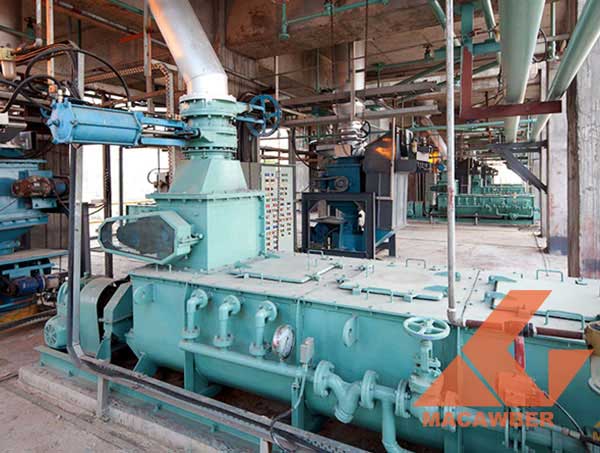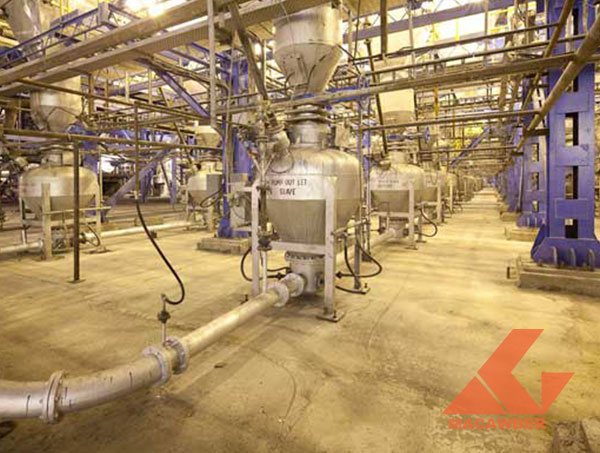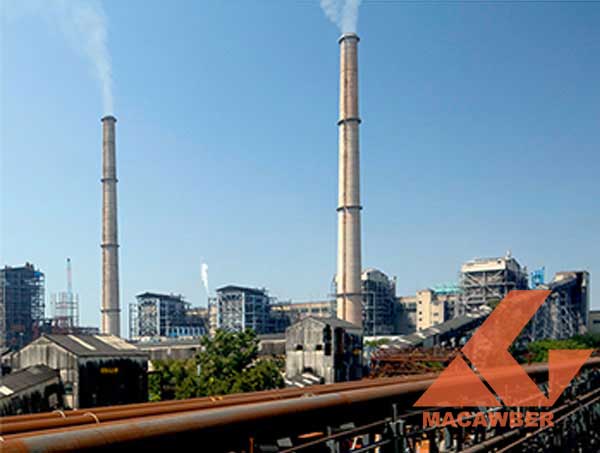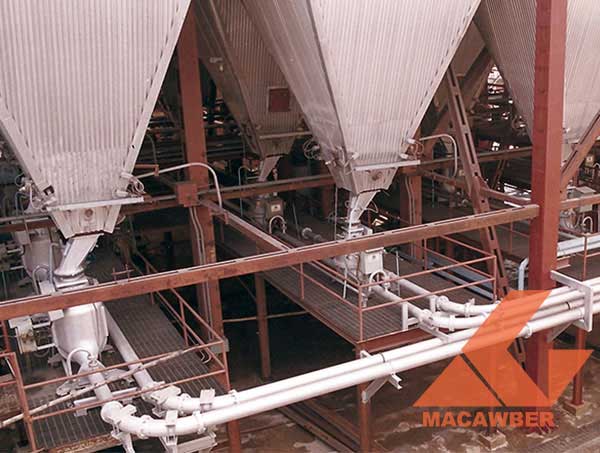BROADLY SPEAKING, ALL ASH HANDING SYSTEMS HAVE THE FOLLOWING SEQUENCE OF PROCESSES:
- Ash collection
- Conveying
- Storage
- Dry or wet out-loading
Depending upon the quantity of fuel, type of boiler, usability of ash etc, the right ash handling system is chosen to ensure the highest efficiency and utilization. Below are different types of boilers that determine the type of ash handling system that needs to be used:
1. Stoker Fired Boilers
Stoker firing is a power-operated fuel feeding mechanism and grate. This self-cleaning system allows for burning large quantities of fuel with ease in, gives us greater control on the combustion process with higher efficiency. It also requires less labour of handling ash.
2. Atmospheric Fluidized Bed Combustor (AFBC)
FBC is atmospheric fluidized bed combustion, where the furnace pressure is atmospheric pressure. The combustion exhaust gas from the furnace goes through a cyclone, Bag Filters or ESP for arresting the ash particulates and are let out into the atmosphere. This kind of a system has comparatively lesser residence time, turbulence and lower combustion efficiency and lower desulfurization.
If there is less headspace under the boiler, then a mechanical dry bottom ash handling system is more suitable as it requires no water but still offers continuous ash removal, otherwise pneumatic ash handling may be used to convey ash out into an ash storage silo for interim holding prior to load out for disposal or reuse.FBC is atmospheric fluidized bed combustion, where the furnace pressure is atmospheric pressure. The combustion exhaust gas from the furnace goes through a cyclone, Bag Filters or ESP for arresting the ash particulates and are let out into the atmosphere. This kind of a system has comparatively lesser residence time, turbulence and lower combustion efficiency and lower desulfurization.
3. Circulating Fluidized Bed Combustor (CFBC) Boiler
In Circulating fluidized bed combustion boilers, the furnace is pressurized and the flue gas is re-circulated to capture the unburnt carbon, and to increase the thermal efficiency of the boiler, hence this is the next evolved version of the AFBC. CFBC boilers are particularly suitable for Indian coal as it has a higher percentage of ash than other types. Due to ash recirculation, the unburnt carbon percentage in exhaust gases can be reduced considerably, which in turn increases the quality of ash produced.
All fluidized combustors operate on either mechanical, pneumatic or a combination ash handling system, depending upon the type of fuel used, availability of ash disposal area, and the need for ash utilization.
4. Pulverized fuel Fired Boilers (PF Fired B)
In boilers with pulverized firing systems, about 80% of ash released is fly ash, and the rest gets collected as bottom ash. Since Indian coal has a significantly higher amount of ash, it needs an efficient ash handling system.
5. Waste Heat Recovery Boilers
WHRB boilers recover ‘waste’ heat, generated during the production process by way of fuel combustion or chemical reaction. This heat can be reused by supplementing it with additional heat to raise the boiler inlet gas temperature to a level commensurate with the desired steam conditions.
One of the biggest advantages of WHRB boilers is that they save a substantial amount of primary fuel that otherwise would have been consumed to generate the same amount of steam.
 IND
IND VN
VN CN
CN KR
KR JP
JP



